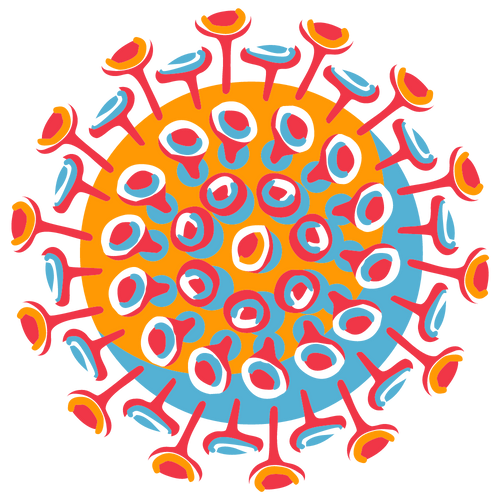Stem cell transplant treats the first woman from HIV
10th Mar 2022

Stem cell treatment proved effective in curing HIV patient.
The first woman in the world has been successfully treated for HIV and has been free from the virus for 14 months after receiving a stem cell transplant for another condition.
During a CROI conference earlier this year, Yvonne Bryson, MD from the UCLA presented breakthrough findings on using a combination of different stem cells for treating a patient suffering from HIV, which resulted in the person being HIV free for over 14 months and without side effects.
After intense chemotherapy for acute myeloid leukaemia, a middle-aged, mixed-race woman received a stem transplant at Weill Cornell Medicine in New York. The stem cells used came from an adult relative of hers and the novel treatment also involved umbilical cord blood. The latter is often preferred when doctors cannot find a suitable match, making an umbilical blood transplant successful even when it is only a partial match.
The fascinating reason why they used two types of stem cells is that they complement each other: the adult donor's cells quickly restore the person's blood cell population after the chemotherapy has destroyed most of them, and umbilical stem cells are the long-term solution for replenishing the blood cells.
A very small amount of the world's population has a mutation that makes their cells impervious to the HIV virus. The CCR5 gene is responsible for encoding a cell receptor, that HIV uses to enter the cell, but a variant named CCR5Δ32 hampers HIV's ability to infiltrate and later destroy CD4 cells. The umbilical cord came from a person, who had this mutation and 3 months after the transplant doctors were able to find that all of the patient's blood cells came from the CCR5 mutated stem cells, making her immune to the virus.
Over a year after the transplant, the patient has been completely free from HIV, even after stopping the antiretroviral drugs that are used to suppress the infection. The good news doesn't stop there, she has also been free from leukaemia for 4 years, making a complete recovery.
Unfortunately, this method of treatment is only available to a very limited number of patients: only people with severe and life-threatening cases of blood cancer are able to receive such invasive treatments involving chemotherapy and stem cell transplants.
The two men who were successfully cured before her were treated using a much more invasive method of a bone marrow transplant. Still, in order for the stem cells to work, the patient's immune system has to be completely destroyed by chemotherapy and irradiation so any HIV-harboring CD4 cells are eliminated before the new immune cells can repopulate her organism.
Mr Brown, one of the people who were successfully treated, suffered excruciating side effects including graft versus host disease which resulted in him almost dying after his transplantation and the other patient, Mr Castillejo, suffered hearing loss and multiple life-threatening infections and lost over 30 kilograms a year after the treatment. This goes to show why treating HIV using such risky techniques is performed on only a very small number of people, as the risks often outweigh the benefits.
On the other side, the woman was able to leave the hospital 17 days after her transplant and didn't suffer any major side effects, said Dr JingMei Hsu, the patient’s physician at Weill Cornell Medicine. Most of the 38 million people with HIV worldwide won't be able to benefit from this kind of treatment, because it is only available to patients who suffer from both HIV and some form of leukaemia. Maybe this is the future of HIV treatment? This case served as a proof that we can successfully eradicate an awful disease without putting the patient's life at unnecessary risk, but more research is needed to expand our knowledge in this field.
References:
CROI 2022 — Woman cured of HIV through a novel transplant technique
Daily briefing: Woman cleared of HIV after transplant with umbilical-cord blood. Graham, Flora

